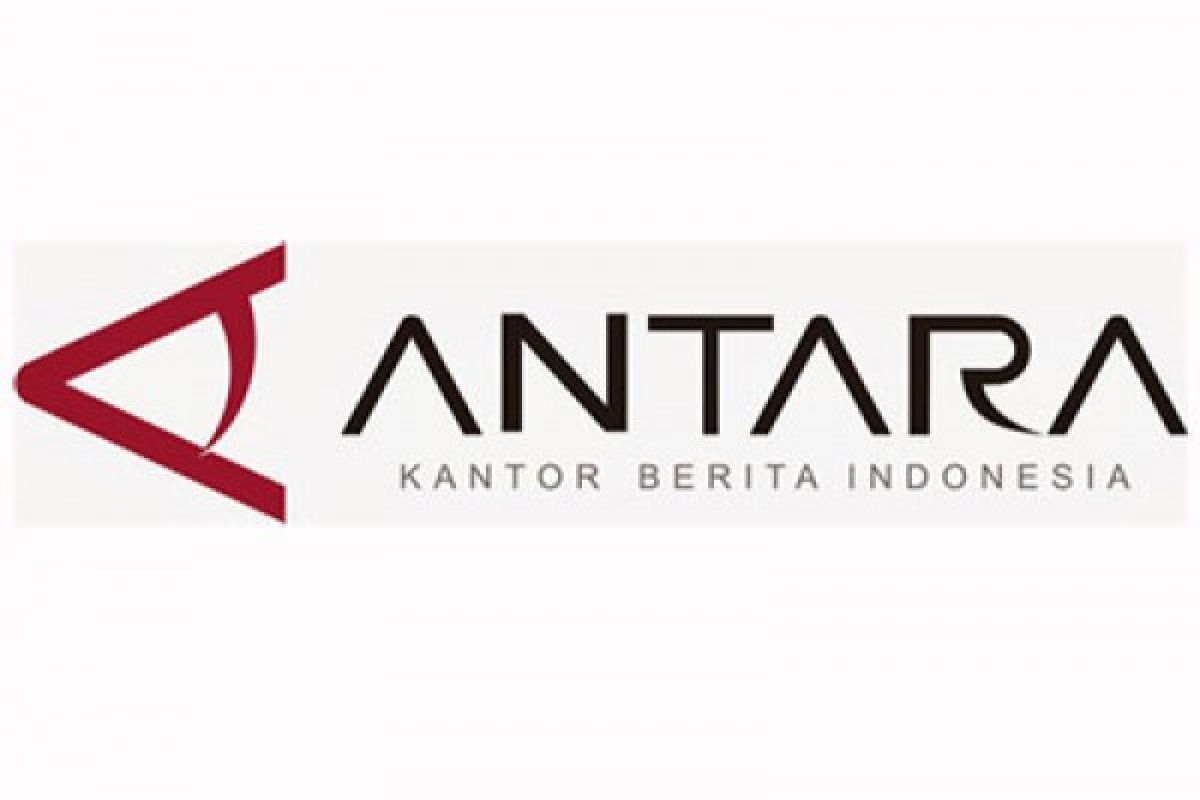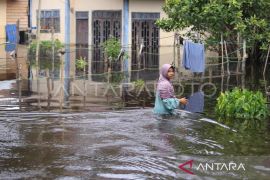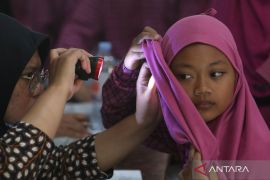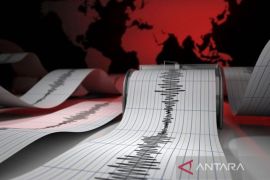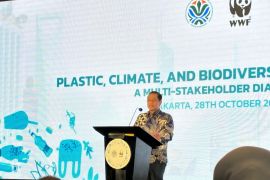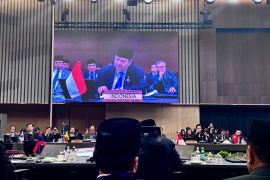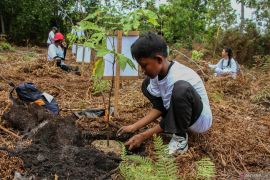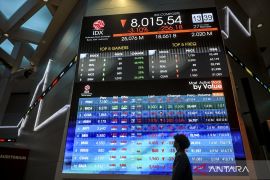However, the country`s eastern regions, which are still isolated and yet to be fully connected through fiber optic cables, will be able to enjoy online trade when support facilities for the Palapa Ring are installed at the designated locations.
Palapa Ring is a national fiber optic network construction project that will cover as many as 34 provinces and 440 cities and districts across Indonesia, with a total sea cable length of 35,280 kilometers, and a mainland cable length reaching as much as 21,807 kilometers.
To this end, the Young Entrepreneurs Association of Papua (HIPMI Papua) has reminded that Papua will soon enter the e-commerce era after supporting facilities for the Palapa Ring project become operational.
The Palapa Ring project is being developed and is expected to be completed by 2018.
"With the completion of the Palapa Ring project, I think, Papua will change. Development in the e-commerce sector will be boosted. Our entrepreneur friends should thus be alert and prepared to garner benefits from this condition," Chairman of the Executive Board of HIPMI Papua Dasril Sahari stated in Jayapura, the provincial capital of Papua, on Wednesday (Dec 6).
Sahari claimed to be involved in the development of the Palapa Ring project, noting that the central government has determined the Palapa Ring placement points across the provinces of Papua and West Papua.
According to Sahari, all districts and cities in these two provinces will have internet access similar to other regions in Indonesia in 2018.
"Some 61 points in Papua and West Papua will be included in the Palapa Ring project. Access to internet will be available in Paniai in Lake Tigi in 2018," he remarked.
Sahari reminded that all parties, especially entrepreneurs, must prepare themselves to face the coming era of e-commerce in Papua.
"This is a challenge for our friends, and we should utilize this momentum as young businesspersons in Papua. If we do not make a start from now on, then we will be left behind by big entrepreneurs entering Papua," he stated.
He believed that despite the absence of territorial borders in this era, local entrepreneurs have their own strengths that must be utilized optimally.
"We have an advantage here, as we are aware of the culture in Papua, and this should be utilized," Sahari remarked.
Moreover, the online trading system, or e-commerce, has grown rapidly in recent years in the country, as it offers special services to consumers to shop or order goods through online media.
Based on data at the Ministry of Communications and Information Technology, the value of online trading transactions, or e-commerce, reaches Rp200 trillion. Currently, internet users in Indonesia account for 93.4 million people and users of smartphones total 71 million, who are all potential market for online businesses.
In fact, the volume of e-commerce transactions in Indonesia is still relatively small, but the government is taking anticipatory steps in the face of growth in the e-commerce industry, as it is developing as a global trade model.
Indonesia`s e-commerce transactions still account for about one to two percent of the retail transactions, or much lower than the global average of eight percent. However, it is forecast that e-commerce transactions in Indonesia will increase drastically from US$12 billion in 2014 to some $24.6 billion this year.
Hence, the HIPMI views the e-commerce industry as a business sector that holds good future prospects in Papua. It will grow in line with the regional economic progress and growth.
Although Papua`s economy in the third quarter of this year is slower than the previous quarter, Papua, Indonesia`s easternmost province, is expected to record strong economic growth next year.
In the third quarter of 2017, Papua`s economy grew 3.40 percent than the same period last year, according to the Central Bureau of Statistics (BPS) Office in Papua Province.
The third-quarter growth was supported by all business fields, Eko Mardiana, chief of the BPS office, noted in Jayapura, Papua, on Monday (Dec. 4).
"The third-quarter growth is slower than that of the previous quarter, recorded at 4.88 percent, due to a slowdown in the mining and extracting sectors, which are the biggest contributors to Papua`s economy," he explained.
Mardiana said the electricity and gas sector had contributed 8.14 percent to Papua`s economic growth, followed by the information and communication sector, at 6.92 percent, and waste treatment and recycling, at 6.77 percent.
In the meantime, the representative office of Bank Indonesia for Papua has forecast that the province`s economy would grow stronger in 2018, dominated by the mining sector.
"In aggregate terms, Papua`s economy could grow at around five to 5.4 percent in 2018 year-on-year (yoy), up from an estimated four to 4.4 percent in 2017," Joko Supratikto, head of the Bank Indonesia representative office for Papua, stated in Jayapura on Thursday (Dec 7).
Increase in the sales of minerals is an indicator of optimism for players in the mining sector in Papua in 2018, Supratikto remarked.
In the first quarter of 2018, Papua`s economy is forecast to reach 5.3-5.7 percent yoy, higher than that in the last quarter of 2017. The economy of the province is expected to grow 5.2-5.6 percent yoy in the last quarter of 2017.
The mining sector is expected to remain the key driver of economic growth in Papua in 2018.
(T.A014/A/KR-BSR/A014)
Reporter: Andi Abdussalam
Editor: Heru Purwanto
Copyright © ANTARA 2017
